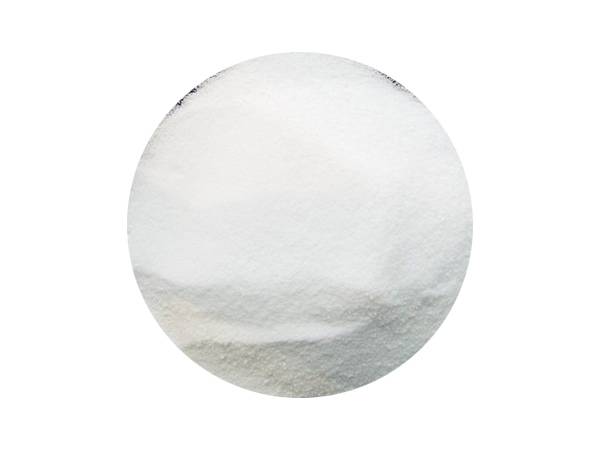



Using Potassium Nitrate for Effective Stump Rotting and Removal Solutions
Using Potassium Nitrate to Rot Tree Stumps A Natural Solution
Tree stumps can be an unsightly nuisance in gardens and landscapes, often impeding the aesthetics of your outdoor spaces. Many homeowners seek efficient methods to remove these stumps, which can take years to decompose naturally. One effective and environmentally friendly method to expedite stump decay is the use of potassium nitrate.
What is Potassium Nitrate?
Potassium nitrate, commonly known as saltpeter, is a chemical compound that has a long history of use in various fields, including agriculture, food preservation, and even fireworks. In gardening and landscaping, potassium nitrate serves as an excellent source of nitrogen and potassium—two essential nutrients for plant growth. When applied to tree stumps, it acts as a powerful catalyst for decomposition, promoting the decay of the wood.
How Does it Work?
The process of decomposition is naturally aided by microorganisms, such as bacteria and fungi, which break down organic matter. Wood, particularly in the form of a tree stump, can be dense and challenging for these organisms to penetrate. By applying potassium nitrate, you're essentially providing a nitrogen-rich environment that encourages microbial activity. The nitrogen boosts the decomposition process by fueling the growth of bacteria that thrive on wood.
When you apply potassium nitrate to a stump, it penetrates the wood, and the subsequent increase in nitrogen leads to a surge in microbial life. As these microorganisms multiply, they begin to break down the wood fibers, gradually causing the stump to rot away. This not only expedites the disappearance of the stump but also enriches the surrounding soil as decomposed organic material returns nutrients back to the earth.
How to Use Potassium Nitrate on Tree Stumps
Using potassium nitrate to rot tree stumps is a straightforward process that can be done with minimal tools and preparation. Here’s a simple step-by-step guide
1. Drill Holes Start by drilling several holes into the stump. Aim for about 1 inch in diameter and 8 to 10 inches deep. The holes should be spaced several inches apart to allow maximum penetration of the potassium nitrate.
potassium nitrate to rot stumps

2. Apply Potassium Nitrate Pour potassium nitrate granules into the holes. Be generous with the amount, ensuring that the chemical fills each hole.
3. Add Water Moisten the stump thoroughly but avoid over-saturating it. The goal is to dissolve the potassium nitrate and facilitate its movement through the wood.
4. Cover the Stump To maintain moisture and promote decomposition, cover the stump with a tarp or plastic sheeting. This will create a humid environment that encourages the activity of microorganisms.
5. Wait Patience is key. The decomposition process can take several weeks to months, depending on factors like stump size, moisture levels, and environmental conditions. During this time, check on the stump to ensure it remains moist.
6. Monitor and Remove Once the stump has sufficiently rotted, it should become soft and easy to remove. You may need to use a shovel or pry bar to assist in the removal.
Benefits of Using Potassium Nitrate
Using potassium nitrate to decompose tree stumps presents several advantages. Firstly, it is cost-effective and readily available at garden centers or online. Secondly, it’s a safer alternative to harsh chemicals or burning methods. Lastly, it nourishes the surrounding soil rather than harming it, promoting healthy growth for other plants in your garden.
Conclusion
If you have an unsightly tree stump on your property and are looking for an efficient way to remove it, consider using potassium nitrate. This natural method not only helps in rapidly rotting the stump but also enriches your garden soil—creating a win-win situation for your landscaping needs. With just a bit of effort and time, you can restore the beauty of your garden and prepare the site for new growth.
-
Sodium Chlorite Hot UsesNewsJul.01,2025
-
Sodium Chlorate ApplicationsNewsJul.01,2025
-
Smart Use Of Sodium ChloriteNewsJul.01,2025
-
Power Of Sodium BisulfateNewsJul.01,2025
-
Potassium Monopersulphate & Sodium Chlorite: Key to Effective Cleaning SolutionsNewsJul.01,2025
-
Pool Water Treatment GuideNewsJul.01,2025
-
Why Strontium Carbonate Still MattersNewsJun.06,2025










